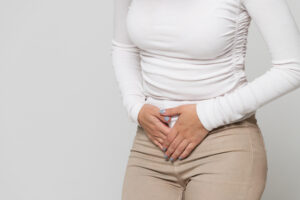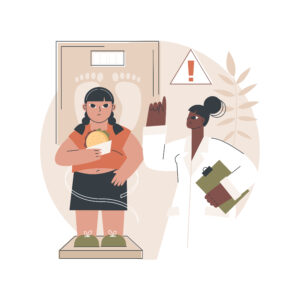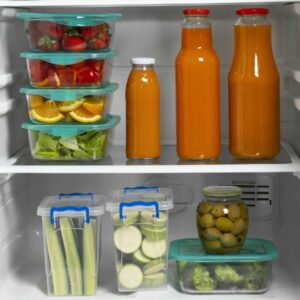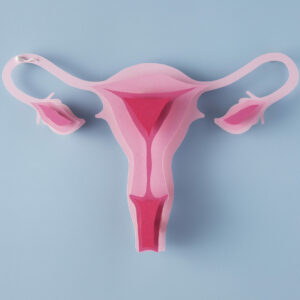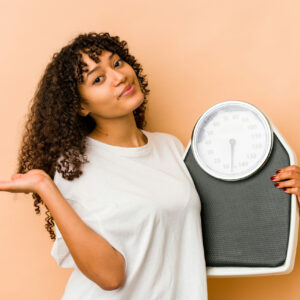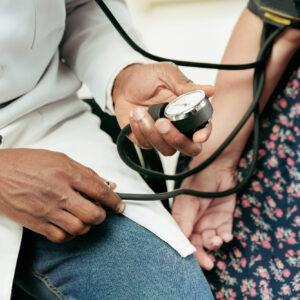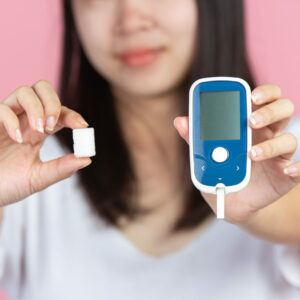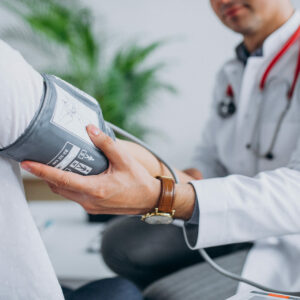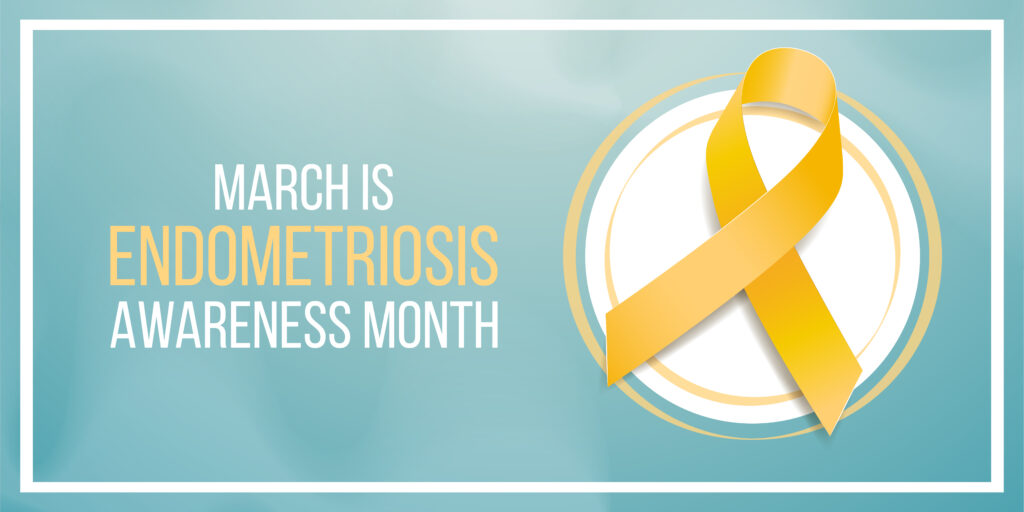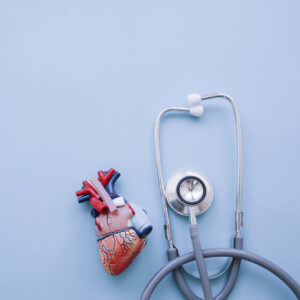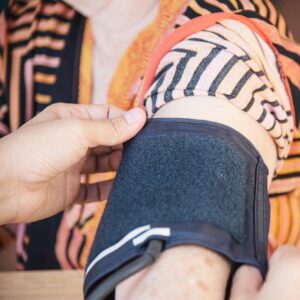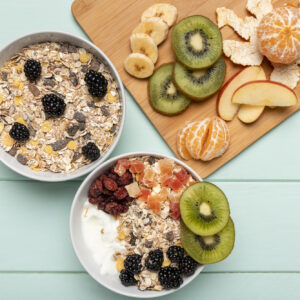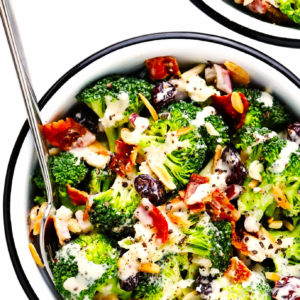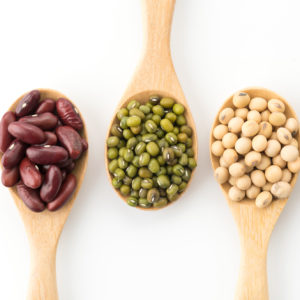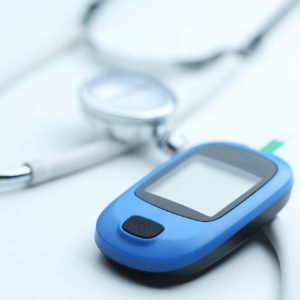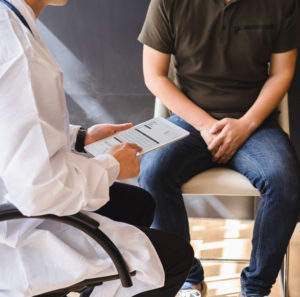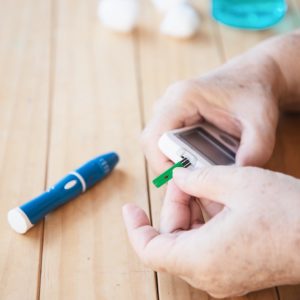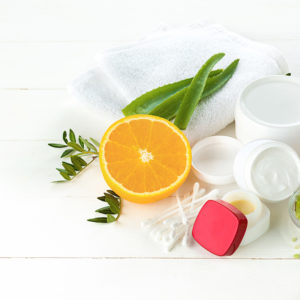All About Alcohol and Your Health


While alcohol is something most of us have had at least a few times in our lives and may even have on a regular basis, there is more and more evidence suggesting even small amounts of alcohol can be harmful to our bodies. In this article, we’ll go over what alcohol can do to your body over time.
While there are lots of short-term effects of alcohol like changes in mood, impulsive behavior, dehydration, nausea and vomiting, and more, there are also a lot of long-term adverse health effects of the substance on your body, including:
- Inflammation of the pancreas leading to pancreatitis
- Inflammatory damage to your liver, leading to cirrhosis of the liver over time
- Inability to control blood sugar levels due to damage to the pancrease and liver
- Damage to your central nervous system, causing things like numbness or tingling in your feet and hands, damage to your frontal lobe, and more
- Damage to your digestive system including gas, bloating, feeling of fullness in your abdomen, diarrhea or painful stools, ulcers, and/or hemorrhoids
- Heart-related health issues like high blood pressure, irregular heartbeat, difficulty pumping blood throughout the body, stroke, heart attack, heart disease, heart failure
- Damage to your sexual and reproductive health
- Effects on your bone density, leading to thinner bones and increased risks of fractures
- A weakened immune system
- Increased risk of mouth, throat, breast, esophagus, colon, or liver cancer
- Alcohol induced mental health conditions
- Dependence
While many people may drink frequently yet not be dependent, they would likely still be classified as a binge drinker. Drinking in moderation means only one drink per day for women or less and two drinks per day or less for men. While past medical advice said that a daily drink had very few risks and potentially even had some health benefits, new evidence is showing there really isn’t a “safe” amount of alcohol because even small amounts can negatively impact your health.
https://www.healthline.com/health/alcohol/effects-on-body#short-term
Becoming an Organ Donor


Each April is National Donate Life Month which observes and works to focus national attention on why organ, eye, and tissue donation is so important. This April, we wanted to talk about this movement, answer some frequently asked questions, and give you a guide to becoming an organ donor.
Who can be a donor?
People of all ages and ethnicities can be a donor. Additionally, having medical conditions does not disqualify you from donating. A national system matches available organs from donors with those on organ waiting lists based on their blood type, body size, degree of sickness, distance, tissue type, and time on the list. Other factors like race, income, gender, or sexual orientation are not considered.
Does registering as a donor change my patient care?
There are some misconceptions about organ donation, with many people still believing signing up as an organ donor will affect their care as a patient. This is absolutely a myth. Your life will always come first without any regard to your status as an organ donor, and doctors will do whatever they can to save you. Only once you are declared clinically and legally dead can donation be seen as an option.
Why is it important for every community to donate?
People waiting for organ donation encompass every possible racial and ethnic group, and while transplants can happen successfully between people from different racial and ethnic groups, they are most successful when organs are matched between people of the same racial or ethnic background.
How do I become an organ donor?
Becoming an organ donor is extremely simple! You can register online at donatelife.net. Additionally, it’s always a good idea to let your loved ones know you are an organ donor and wish to have your organs donated (if possible) when you die.
Lemon-Garlic Boneless Skinless Chicken Thighs
Ingredients:

- 1 small lemon, quartered
- 3 tablespoons extra-virgin olive oil, divided
- 1 tablespoon grated garlic
- 2 teaspoons fresh thyme leaves, plus more for garnish
- ½ teaspoon salt
- ½ teaspoon ground pepper
- 4 (4.5 ounce) boneless, skinless chicken thighs, trimmed and patted dry
Directions:
- Preheat oven to 400°F. Juice lemon quarters into a large bowl (about 2 tablespoons juice); place the juiced lemon quarters in the bowl with the juice. Stir in 2 tablespoons oil, garlic, thyme, salt and pepper. Add chicken and toss to coat. Let stand at room temperature, stirring occasionally, for 15 minutes.
- Heat a large ovenproof skillet over medium-high heat. Add the remaining 1 tablespoon oil and swirl to coat the skillet. Remove the chicken from the marinade, reserving the marinade. Place the chicken, skinned side down, in an even layer in the skillet. Cook, undisturbed, until browned, about 4 minutes. Flip the chicken. Pour the reserved marinade, including lemon pieces, over the chicken in the pan.
- Transfer to the oven and bake until a thermometer inserted into the thickest portion of chicken registers 165°F, about 10 minutes. Serve drizzled with pan sauce. Garnish with additional thyme, if desired.



















